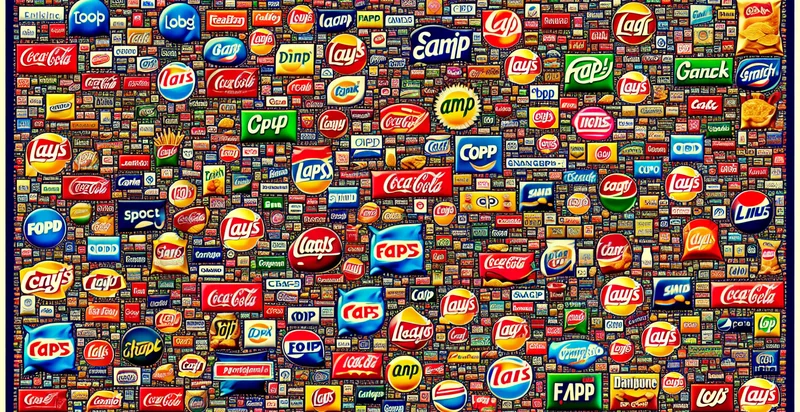Identify cybersecurity by logo
using AI
Below is a free classifier to identify cybersecurity by logo. Just upload your image, and our AI will predict the type of cybersecurity threat represented by the logo - in just seconds.

Contact us for API access
Or, use Nyckel to build highly-accurate custom classifiers in just minutes. No PhD required.
Get started
import nyckel
credentials = nyckel.Credentials("YOUR_CLIENT_ID", "YOUR_CLIENT_SECRET")
nyckel.invoke("cybersecurity-by-logo", "your_image_url", credentials)
fetch('https://www.nyckel.com/v1/functions/cybersecurity-by-logo/invoke', {
method: 'POST',
headers: {
'Authorization': 'Bearer ' + 'YOUR_BEARER_TOKEN',
'Content-Type': 'application/json',
},
body: JSON.stringify(
{"data": "your_image_url"}
)
})
.then(response => response.json())
.then(data => console.log(data));
curl -X POST \
-H "Content-Type: application/json" \
-H "Authorization: Bearer YOUR_BEARER_TOKEN" \
-d '{"data": "your_image_url"}' \
https://www.nyckel.com/v1/functions/cybersecurity-by-logo/invoke
How this classifier works
To start, upload your image. Our AI tool will then predict the type of cybersecurity threat represented by the logo.
This pretrained image model uses a Nyckel-created dataset and has 29 labels, including Avast, Avg, Avira, Bitdefender, Blue Coat, Check Point, Comodo, Crowdstrike, Cybereason and Cylance.
We'll also show a confidence score (the higher the number, the more confident the AI model is around the type of cybersecurity threat represented by the logo).
Whether you're just curious or building cybersecurity by logo detection into your application, we hope our classifier proves helpful.
Related Classifiers
Need to identify cybersecurity by logo at scale?
Get API or Zapier access to this classifier for free. It's perfect for:
- Brand Protection: This use case involves monitoring the web and social media for unauthorized use of company logos. By detecting false logos, businesses can take action against counterfeit products or brand dilution, ensuring their reputation remains intact.
- Fraud Detection: Financial institutions can employ logo identification to identify potential phishing schemes. By analyzing email logos and website branding, the system can flag suspicious communications that may impersonate legitimate entities, protecting customers from fraud.
- Quality Control: Manufacturing companies can utilize the logo identification function to verify that their products consistently display correct branding. This helps ensure that all packaging and promotional materials meet the company's quality standards and compliance requirements.
- Compliance Monitoring: Regulatory agencies can use the function to spot false logos on products in the market, ensuring that companies adhere to trademark and intellectual property rights. This proactive approach helps maintain fair competition and protects consumers from misleading branding.
- Advertising Verification: Digital marketing firms can implement this technology to verify that ads displaying a company's logo are being placed in legitimate contexts. This reduces the risk of brand association with inappropriate content and enhances the effectiveness of advertising campaigns.
- Social Media Monitoring: Brands can leverage the logo identification function to track unauthorized use of their logos across social media platforms. This aids in managing brand reputation and engaging with potential copyright infringements more effectively.
- Supply Chain Integrity: Companies can apply this function to validate the authenticity of suppliers’ logos on product packaging and documentation. This ensures that the materials received are genuine and from trusted sources, mitigating risks associated with counterfeit goods in the supply chain.


